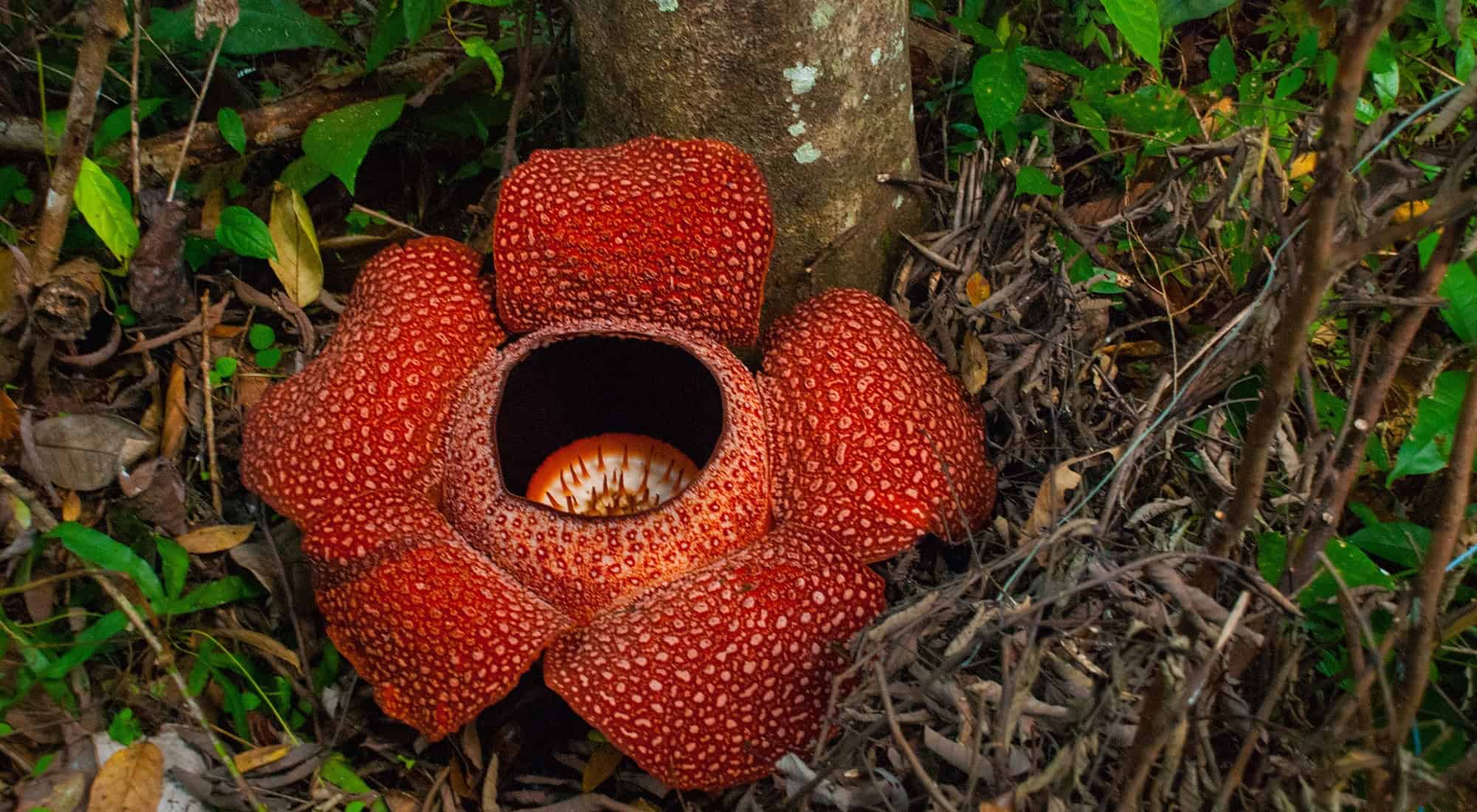BY PAUL DIXON
The rafflesia (Rafflesia arnoldi), named after Stamford Raffles, the founder of modern Singapore, is the largest flower in the world.
The Swedish naturalist Eric Mjoberg wrote in 1930 on seeing the flower: “The whole phenomenon seems so amazing, so unfamiliar, so fantastic, that we are tempted to explain: such flowers cannot be real!”
Stamford Raffles, who discovered the flower for Western science 100 years earlier during his first sojourn at Bengkulu on the west coast of Sumatra, noted that it was “a full yard across, weighs 15 pounds, and contains in the nectary no less than eight pints [of nectar] . . .”.
The problem is that the rafflesia does not flower for very long – only for a couple of weeks, usually between August and December. At other times of the year there is usually nothing to see.
The plant is in fact parasitic, so appropriately its scent is more akin to rotting meat than any perfume. Its natural habitat is moist, shaded areas.










